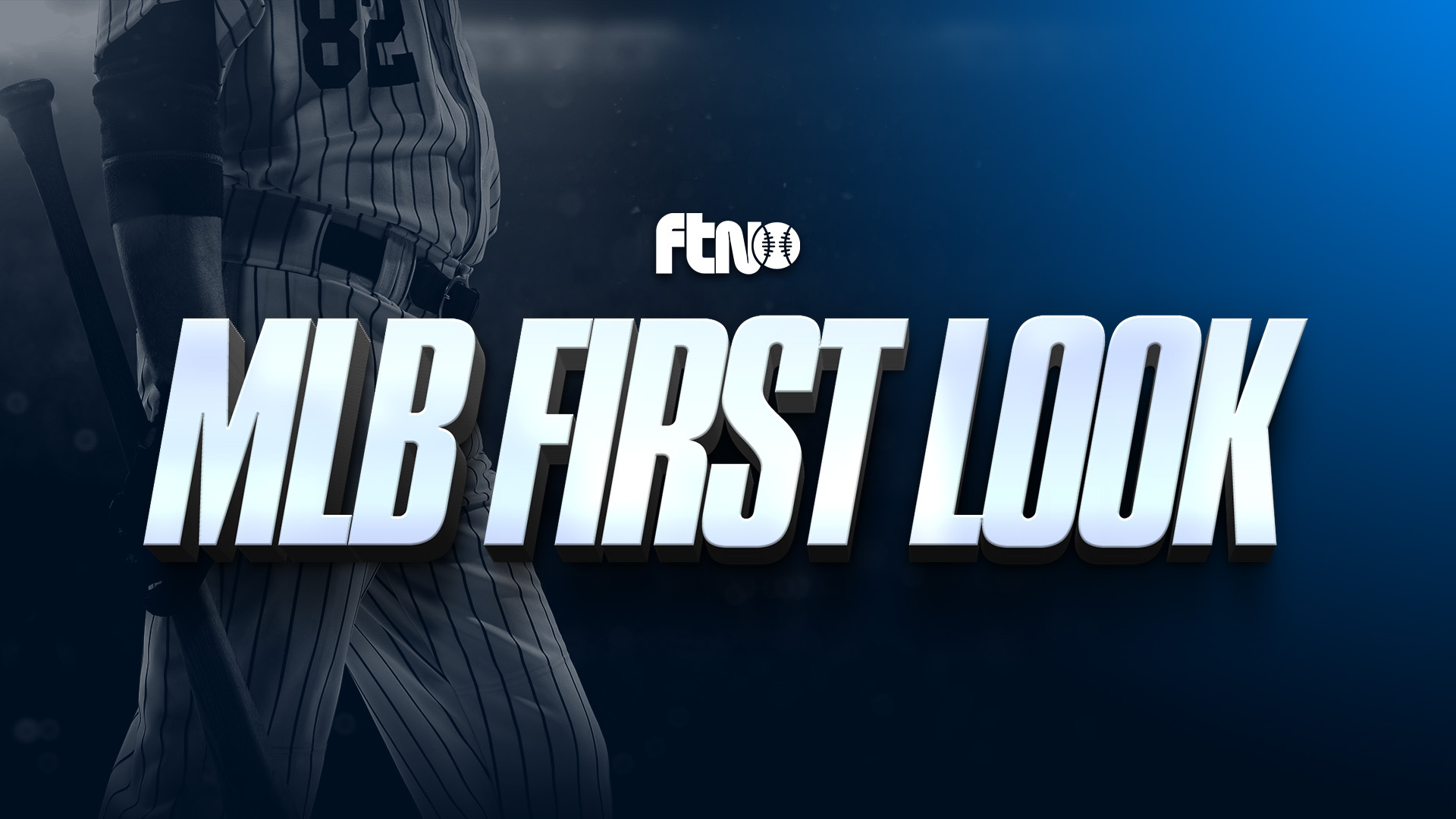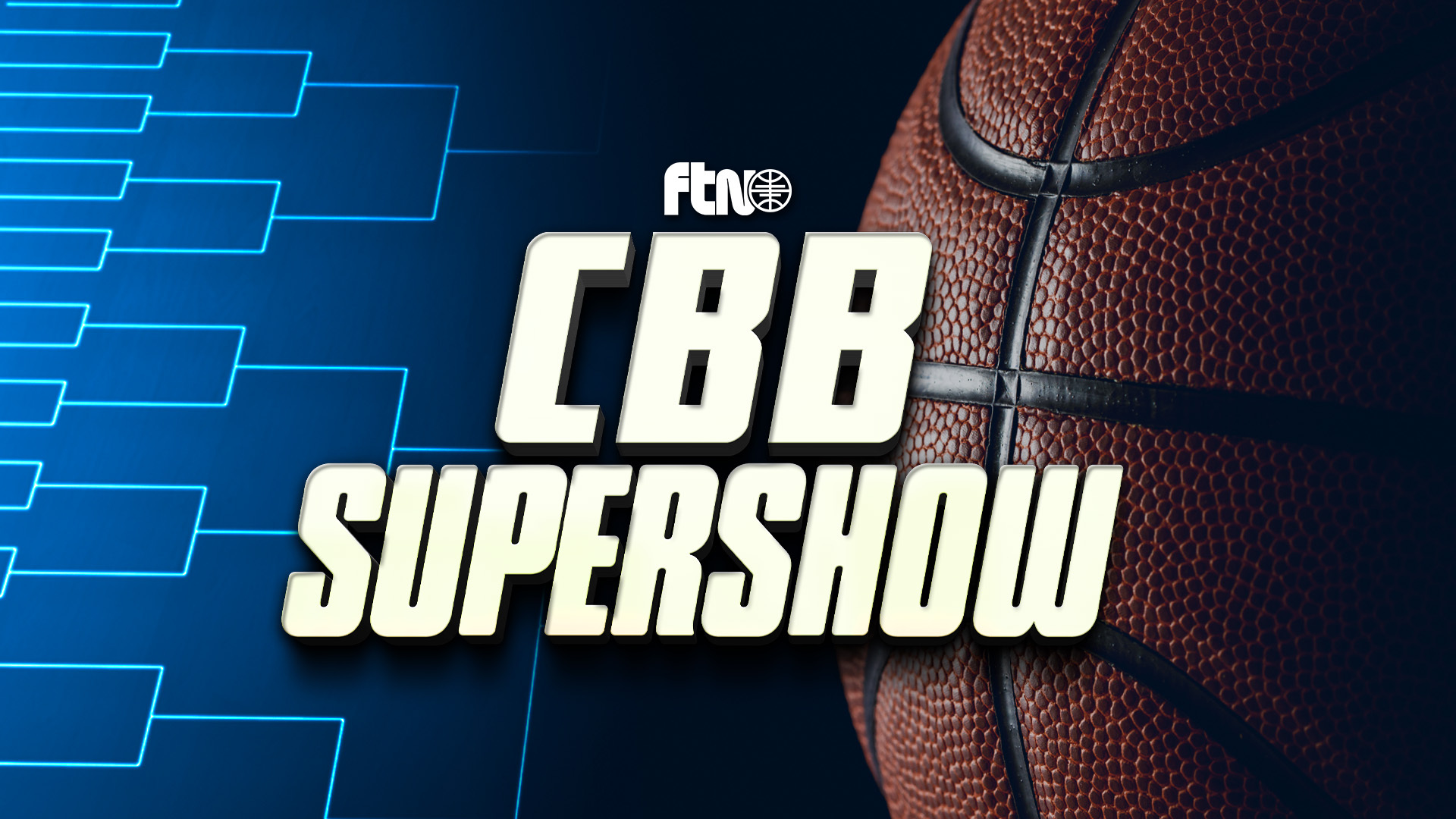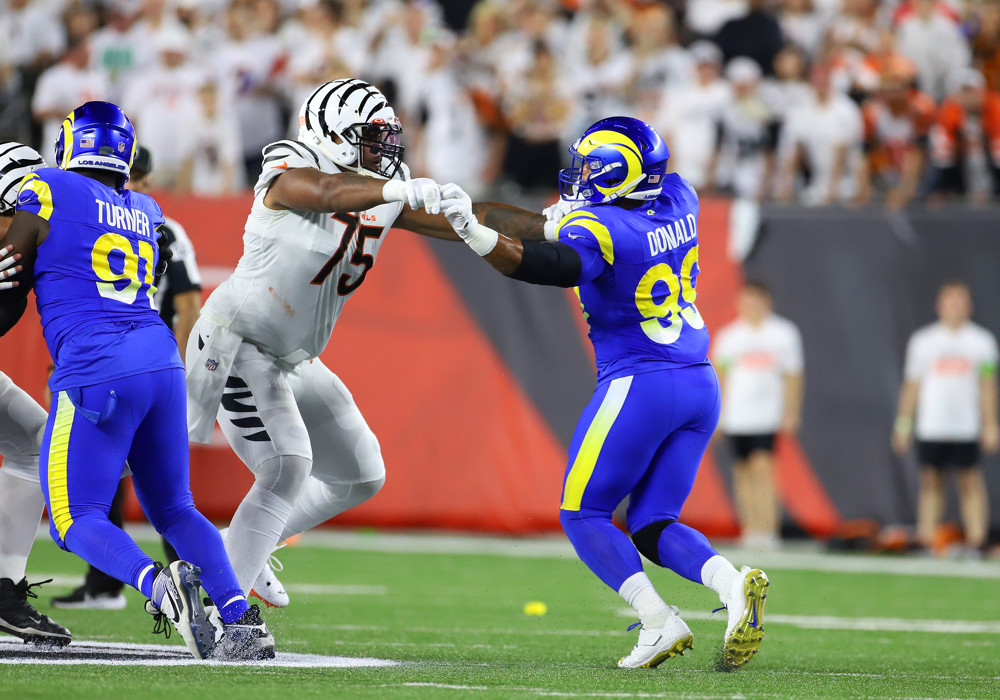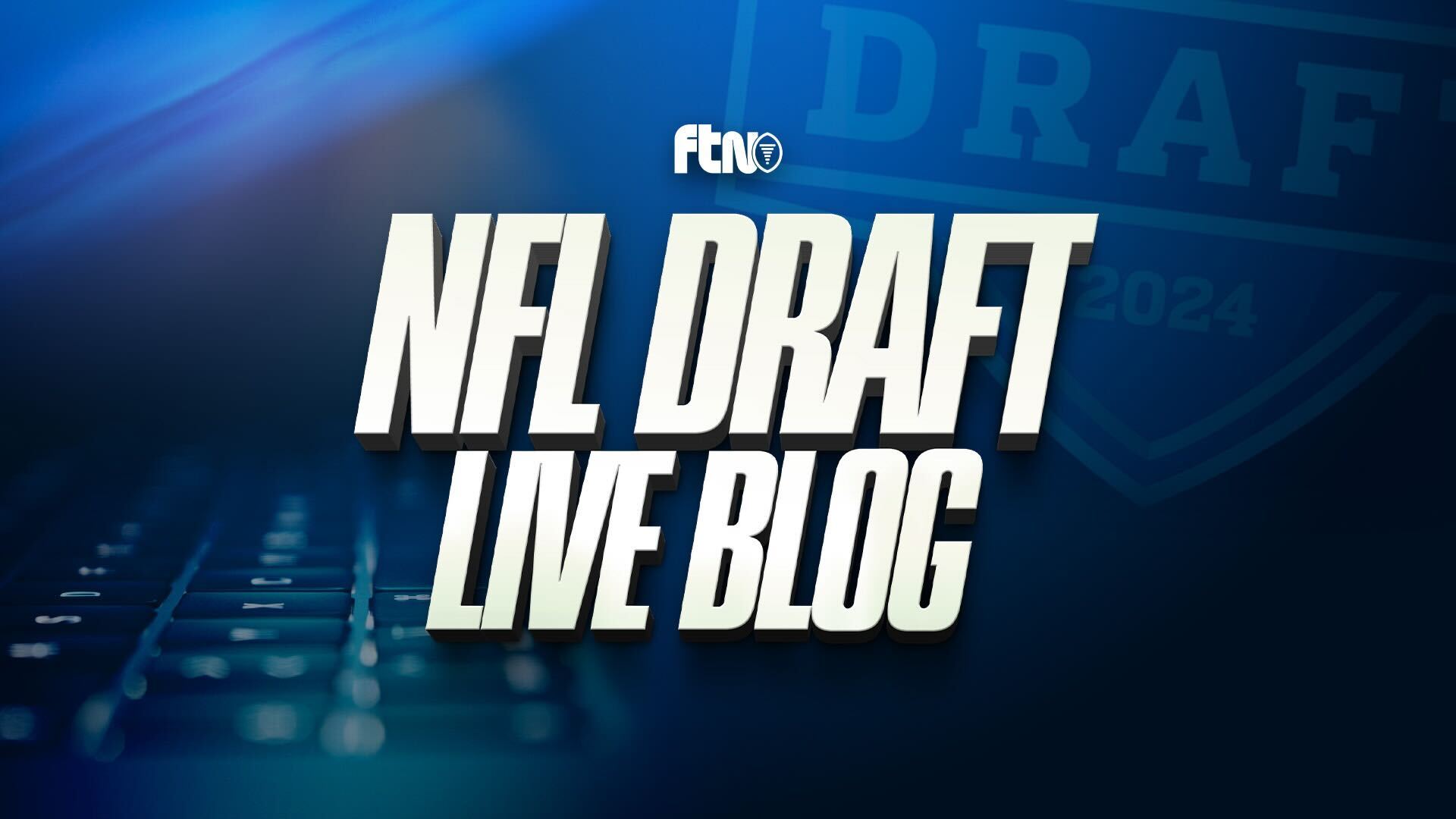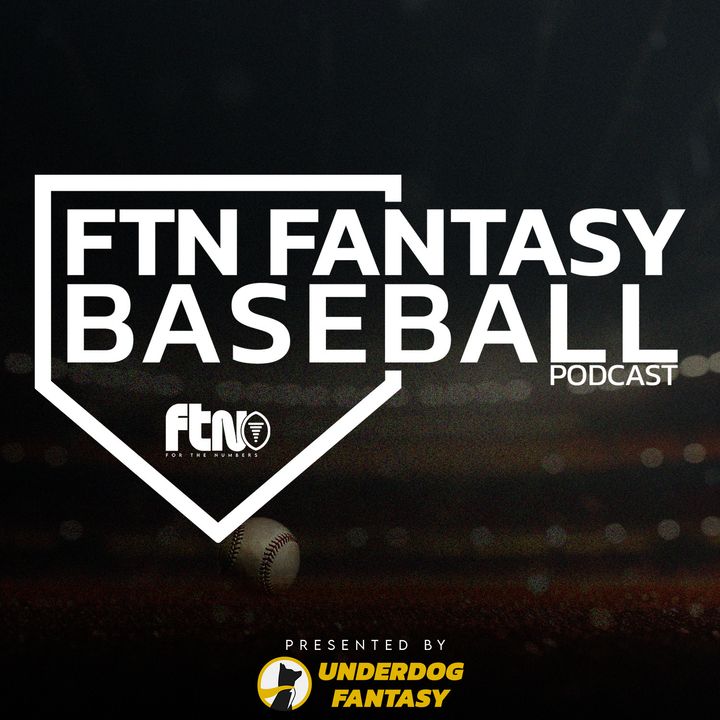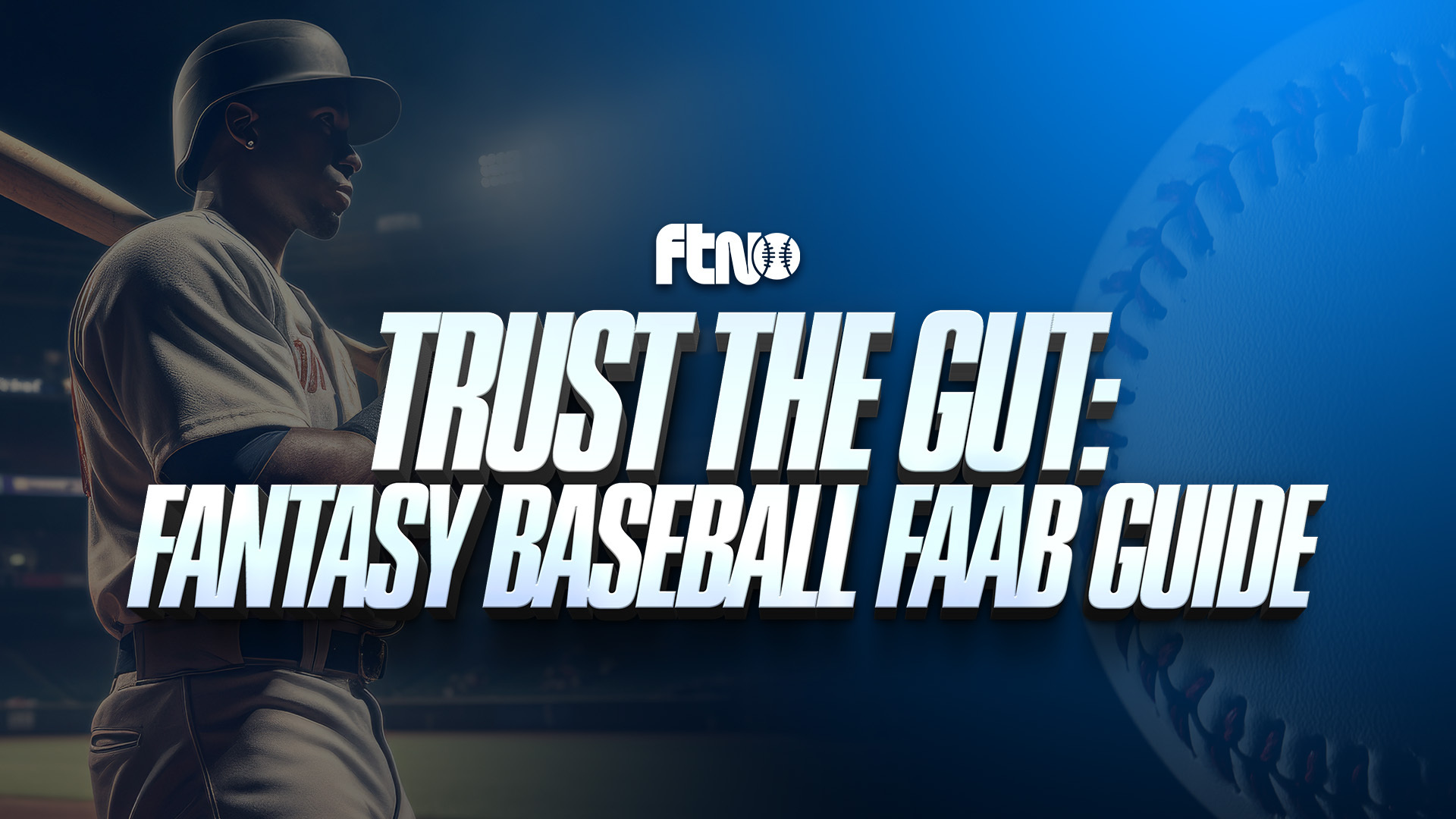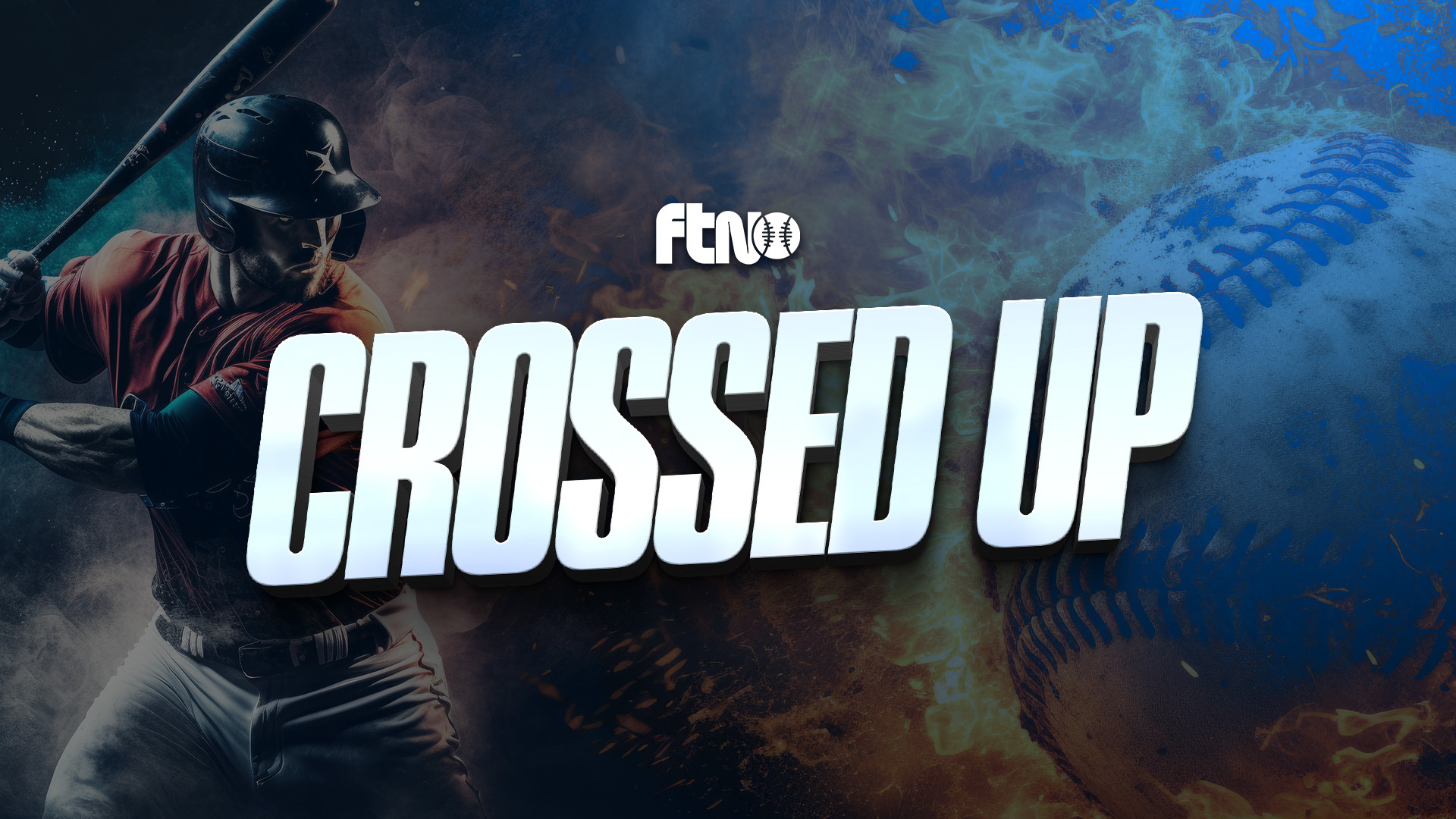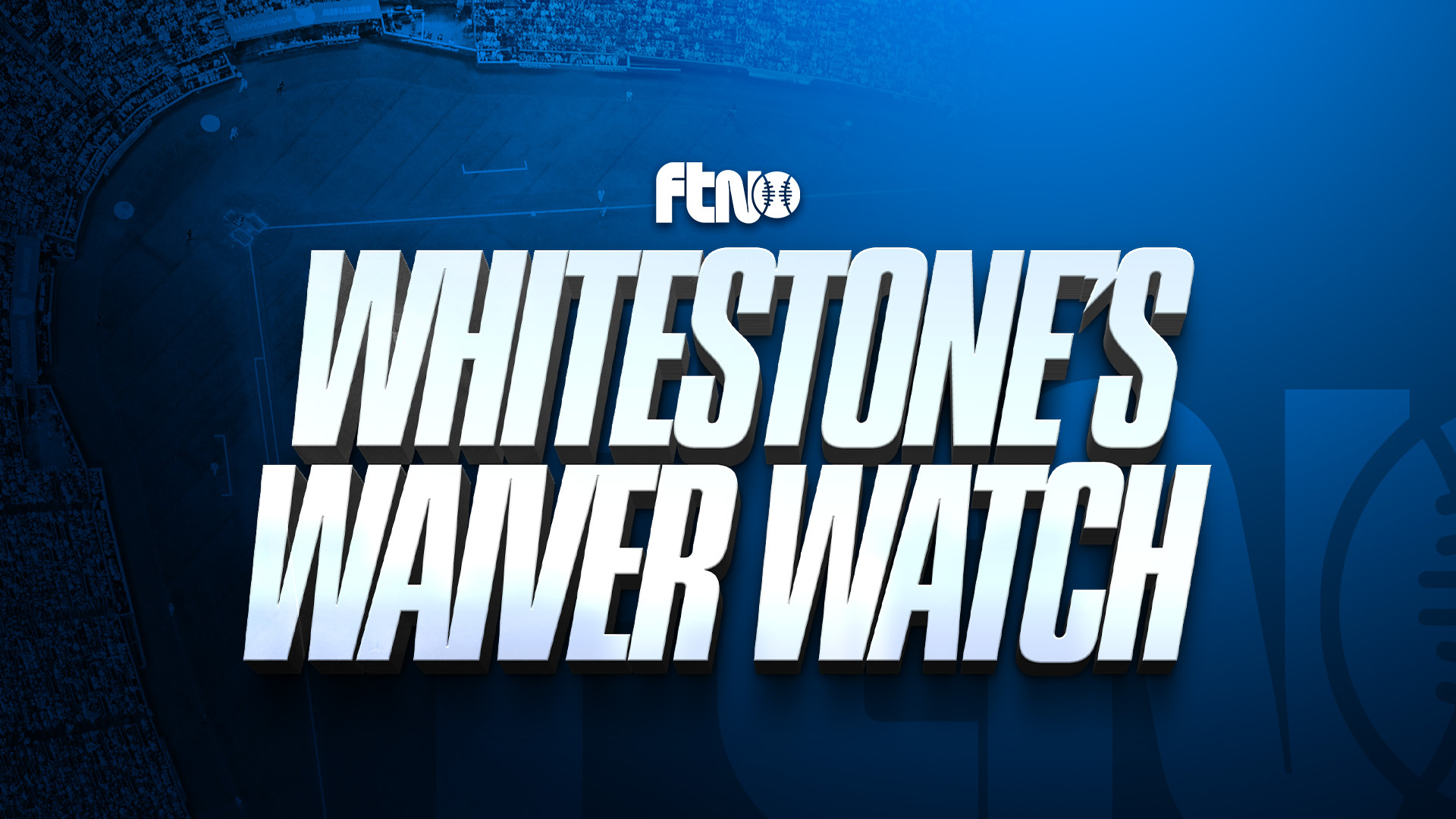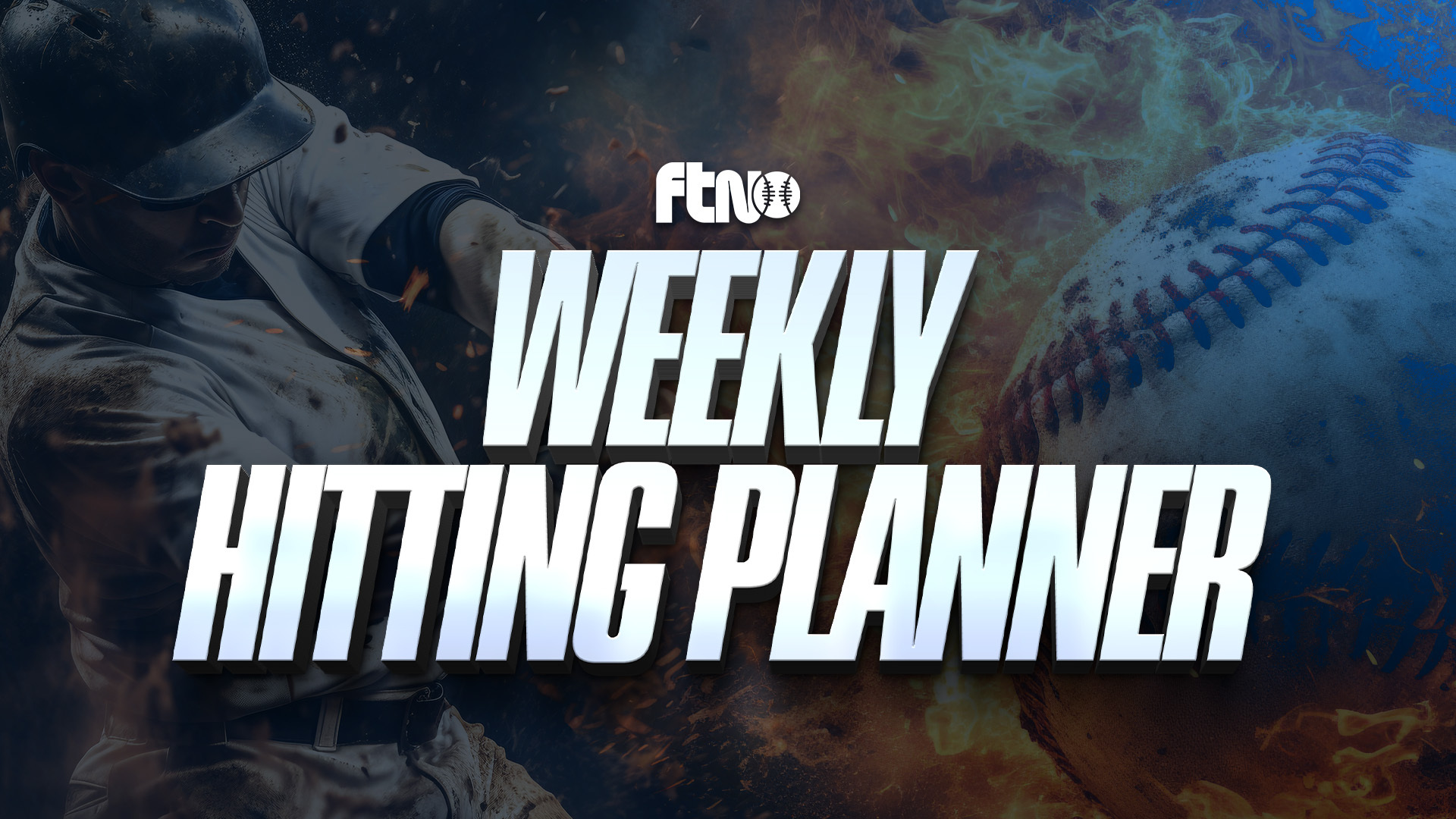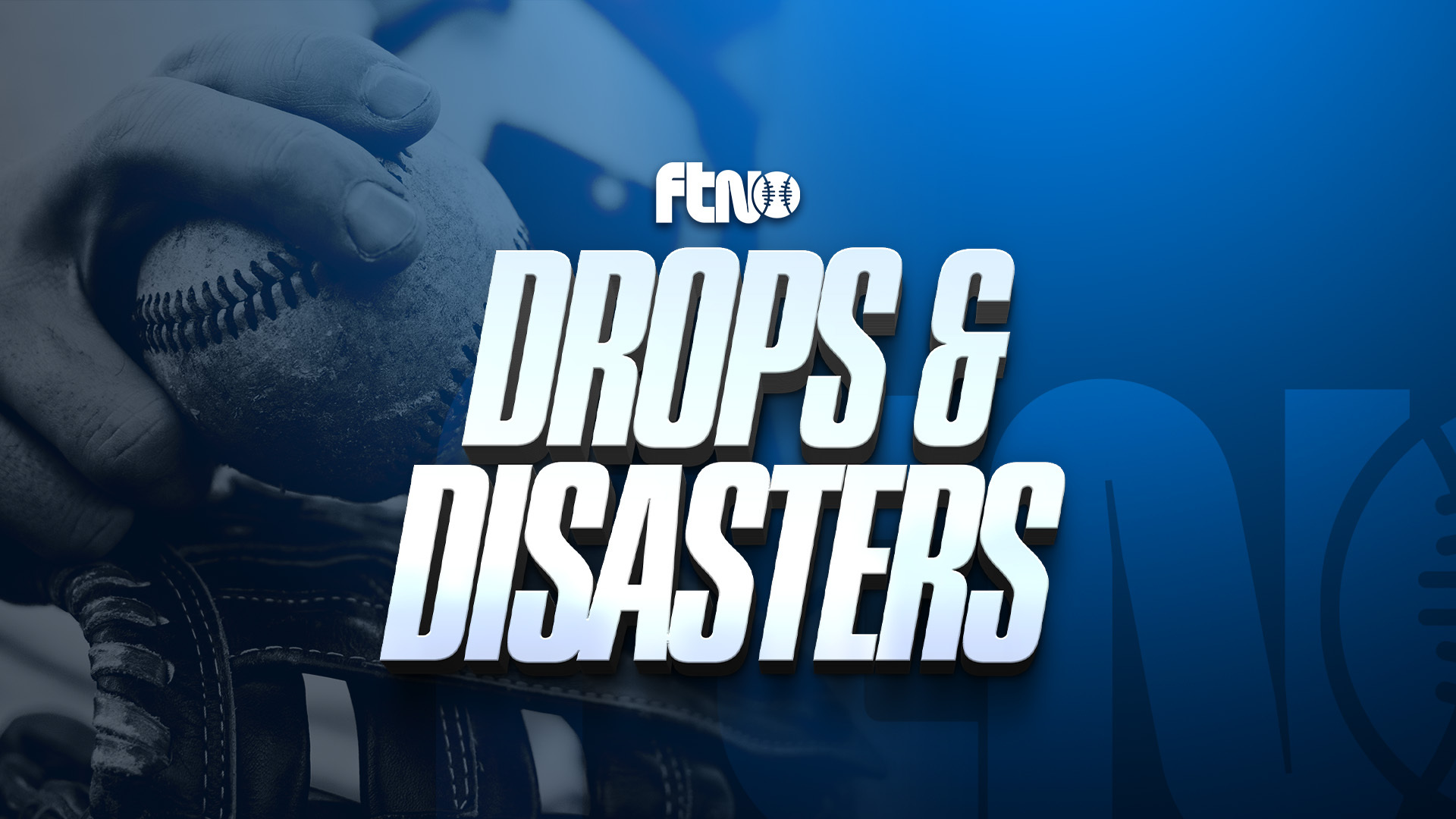
In the interest of full confessions, I don’t especially like writing pieces about the known quantities in drafts. It’s far sexier to me to try to find the next star-in-the-making, the outfielder at pick 465 in a draft-and-hold who returns value like a top-150 player. But while scouring for deep sleepers is fun, it’s not always the most useful endeavor. Many people don’t even play in leagues that go that deep, so a more practical piece would focus on the picks everybody makes, and how to maximize those.
It’s a common maxim among fantasy players: You can’t win your league with your first pick, but you sure can lose it. And that’s how we get here: how to not stumble out of the gates by blowing one of your first few picks. Let’s look at a few of the players who dramatically underperformed their draft position and see if there’s any lessons that can be learned and applied to your upcoming drafts in 2024.
A side note before we get too deep: given the somewhat unpredictable nature of injuries and the outsized role they would have on a list like this, we’re going to try to focus on performance problems, first and foremost Let’s get started.
Beware the Scary Peripherals
Our first mistake: Drafting a pitcher based on his success in the previous season and ignoring his worrying peripherals. The poster child for this — and for underwhelming performers in 2023, in general — is Alek Manoah.
In 2022, Manoah deservedly finished third in the AL Cy Young voting with a stellar 2.24 ERA over 196.1 innings. He had a sub-1 WHIP and–because of the sheer volume of innings — was one of only 19 pitchers to amass 180 or more strikeouts that year. According to Razzball’s Player Rater, Manoah was the 5th best fantasy pitcher in 2022. Because he played for a good team, Manoah also accumulated 16 wins. Nothing about his box score performance suggested Manoah was anything but a fantasy ace in the making.
Drafters reacted by treating Manoah like the cornerstone of their staff; in March of 2023 his NFBC ADP was hovering near 60. We all know what happened next.
The warning signs were there: all of Manoah’s underlying peripherals were practically jumping up and down, begging for people to bank on him regressing to a more ordinary starter. Just to use one ERA estimator, his xFIP of 3.97 was more than 1.5 runs higher than the ERA he put up that season, and exactly in line with what the rest of the league did on average. Drilling even further down, Manoah’s chase and Z-Contact — contact within the zone — rates were both right around league average. Teams use those measures to forecast pitchers’ and hitters’ future performances, so Manoah’s being so far out of line with his truly elite on-field results was another red flag.
| 2022 | |||||
| ERA | xFIP | Chase (%) | Z-Contact (%) | SwStr (%) | |
| Manoah | 2.24 | 3.97 | 30.4 | 85.8 | 11.2 |
| League | 3.97 | 3.97 | 29.3 | 84.8 | 11.2 |
Turning our attention to 2024, almost everything we said about Manoah above can be applied to another pitcher with a similarly limited track record going inside the first seven rounds. That pitcher: Tanner Bibee.
Bibee’s ERA was a sterling 2.98 with a decent 1.18 WHIP and 10 wins over 142 innings as a rookie. Like Manoah, though, his indicators and peripherals suggest he was much closer to being a league average arm than the ace-level surface stats would have you believe.
| 2023 | |||||
| ERA | xFIP | Chase (%) | Z-Contact (%) | SwStr (%) | |
| Bibee | 2.98 | 4.22 | 27.7 | 82.9 | 11.1 |
| League | 4.33 | 4.33 | 31.9 | 85.4 | 11.2 |
Does this all mean Bibee will have an ERA of nearly 6 and a WHIP closer to 2 than 1, like Manoah did in 2023? Of course not! But Bibee is being drafted right around pick 105 in 15-team drafts on NFBC, suggesting drafters think he could be as good as a low-end SP2; his numbers are more in line with somebody you’d prefer to be less reliant on starting every week.

Beware the Single-Category Star
The next bucket pertains to hitters: Drafting primarily for a single, unreliable category. The hitting equivalent to Manoah last season was unquestionably Tim Anderson, who suited up most of the season while some fantasy managers perhaps wished he didn’t.
To be clear, Anderson wasn’t a one -trick pony entering last year, having produced at a near 20-20 pace with plenty of runs as the White Sox leadoff hitter since 2019. But there can also be no doubt as to what his carrying skill was for roto purposes: his seemingly consistent ability to post averages well above .300 year after year, an incredibly rare resource in our game. He seemed like the rare outlier who could sustain that kind of average despite relatively unimpressive strikeout rates because of a perpetually inflated BABIP:
| AVG | K% | BABIP | |
| 2019 | .335 | 21.0 | .399 |
| 2020 | .322 | 22.6 | .383 |
| 2021 | .309 | 21.6 | .372 |
| 2022 | .301 | 15.7 | .347 |
It seemed perfectly sustainable … until it wasn’t. He hit just .245 last season, with a 23.3% strikeout rate and the second-worst BABIP of his career at .323. The rest of his game paled in comparison to his ability to hit for average, so when that declined, Anderson became one of the worst regulars in the game, both on the field and for fantasy. He hit 1 homer in 524 PA and scored only 52 runs with 25 RBIs for a depressing lineup in the Southside. All of that combined made him one of the worst ROI picks from 2023 drafts; he went around pick 75 last March, then returned -$7.1 according to the Player Rater.
The obvious comparison to make here is Luis Arraez, whose game is even more average-dependent than Anderson’s. I’m less inclined to think Arraez has similar collapse risk, but all it takes is a slight change in batted ball luck for his value to plummet. Drafters have been more aware of this, as he’s being picked just outside the first 10 rounds at pick 161 over the last month of drafts. That’s still a starter most weeks, but a much easier pill to swallow if it goes south than Anderson in Round 5 last season.
Beware the Speedster Who Can’t Hit
The other example that could be useful here is in another fickle category: Steals. Take this example: A burner OF with a light bat and unremarkable hitting skills who looked like he could single-handedly carry teams to standings points in stolen bases entering the season, who drafters treated like a core player and took with one of their first 10 picks. Am I talking about Esteury Ruiz this year, or Jake McCarthy last year?

McCarthy ended 2022 with a surge, hitting .300 and going 21-for-24 on the bases after the All-Star break. He even chipped in 5 homers and a nice total of 69 combined R+RBI as he moved up the Diamondbacks batting order. He looked poised to be a fantasy breakout and went at pick 105 last March. Then he looked overmatched early last season and found himself demoted to the minors, then to a bench role for the eventual NL champs.
McCarthy finished last year with a 79 wRC+, which his team deemed unplayable in an everyday role. Esteury Ruiz put up an 86 wRC+ last season — very slightly better — yet he’s considered a shoo-in to play every day for the entire season in Oakland. He’s going in the ninth round right now because drafters expect him to carry them up the standings by replicating the 67 steals he had a year ago. He can’t do that if his bat takes him out of the lineup.

Beware the Spring Training Storyline — Hitters and Pitchers
Our last stumbling block is all too familiar for managers: Drafting based on spring training developments. FOMO is a very real thing, and especially in fantasy drafts. It’s one thing to be deep in your winter prep and look at the projections, study a player’s statistical profile, and develop a draft crush on him. But something about seeing that same prospect take a bog-league pitcher deep in 75-degree weather with the sun out makes it seem so much more reasonable to throw caution to the wind and jump his draft cost a few rounds while dreaming about his 80th percentile outcome. I’m here to tell you: Don’t. Or if you do, at least make it a player with as few categorical holes as possible.
Two examples stand out from last season: Jordan Walker and Reid Detmers.
Walker entered spring as one of the top prospects in baseball, had a strong camp filled with homers and eye-popping exit velos, and rocketed up draft boards as it became apparent he would be on the Cardinals’ Opening Day roster in a loaded lineup. He was … and then he struggled, made a slight swing adjustment after being sent to the minors, and played well after being recalled. All in all, a generally positive rookie season by most standards.
For roto purposes, however, Walker returned only $4.1 in value after shooting up to pick 125 last March. A .276-16-51-51-7 line isn’t nothing, but it also isn’t what drafters thought they were getting.
Stop me if you’ve heard this before: A rookie hitter entered this spring as one of the top prospects in baseball, is having a strong camp filled with homers and eye-popping exit velos, and is rocketing up draft boards as it’s become apparent he’ll be on his team’s loaded lineup on Opening Day. I just described Jordan Walker, but I also just described Wyatt Langford.
I get it — he’s absolutely raking and looks like a future superstar. But what is the realistic expectation for Langford? There seems to be no doubt about his power, but we don’t yet know much about the rest of his game. He took off only 21 times in three years at Florida before attempting 15 steals in his short stint in the minors after the draft, so the speed aspect of his game is a complete unknown. As for the average — he’s probably not going to maintain the .408 BABIP he had in the minors all the way into the majors. Adjusting that .408 to the still-above-average mark of .330 would reduce his otherworldly .360 average in the minors to a .291 mark. Good, but far less eye-catching.
He absolutely could be the real deal and we could be drafting him in the first three rounds next season, but do you want to pay for a developmental season if he doesn’t hit the ground running, the same way Jordan Walker managers did last season?
The pitching equivalent last season was Reid Detmers, coming off a promising 2022 that saw him throw 129 innings of a 3.77 ERA in his first full season in the bigs. He showed up the following spring armed with several additional ticks of velocity, and suddenly it seemed like he had the ceiling of a frontline starter; drafters took him in the ninth round last March with the expectation that he could be an SP3 or SP4.
The returns were mixed — Detmers’ velo gains did hold up, which led to more strikeouts, but his ratios declined and he only accumulated 4 wins in nearly 150 innings. That latter point is especially relevant for this year’s spring darling, Cole Ragans.
Ragans also took the fantasy world by storm in the second half of last season, and this spring came in firing triple digits almost immediately. The stuff is no doubt good, but the track record is even briefer than Detmers’ was in 2023 and the team context may be worse. Ragans is going inside the top 100 now, which is a hefty price to pay for a pitcher with a history of arm trouble, a career walk rate of 10.7% in the minor leagues, and who pitches on a team expected to finish below .500. While the strikeouts should be there as long as he stays on the mound, the other categories count, too, and Ragans’ upside in those areas is potentially capped in much the same way.
Detmers returned a -$1.9 value last season despite adding quite a bit of strikeouts as he struggled to go deep into games and had bouts of inconsistent command. It’s not hard to imagine Ragans experiencing the same struggles.











